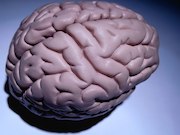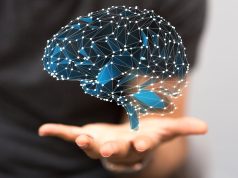This is in contrary to normal neurologic development where mature neurons increase into adulthood
TUESDAY, March 27, 2018 (HealthDay News) — In neurotypical development, there is an increase in the number of mature neurons in the basal and accessory basal nuclei, whereas an initial excess of amygdala neurons is seen during childhood in autism spectrum disorder (ASD), followed by a reduction in adulthood, according to a study published online March 20 in the Proceedings of the National Academy of Sciences.
Thomas A. Avino, Ph.D., from the University of California, Davis, in Sacramento, and colleagues reported the results of a stereological analysis of the number of neurons in amygdala nuclei of 52 human brains aged 2 to 48 years. Twenty-four brains were neurotypical, and 28 were ASD.
The researchers found that the number of mature neurons in the basal and accessory basal nuclei increased from childhood to adulthood in neurotypical development, which coincided with a decrease of immature neurons within the paralaminar nucleus. In contrast, there was initial excess of amygdala neurons during childhood in individuals with ASD; across nuclei there was a reduction in neurons in adulthood.
“We propose that there is a long-term contribution of mature neurons from the paralaminar nucleus to other nuclei of the neurotypical human amygdala and that this growth trajectory may be altered in ASD, potentially underlying the volumetric changes detected in ASD and other neurodevelopmental or neuropsychiatric disorders,” the authors write.
Copyright © 2018 HealthDay. All rights reserved.








